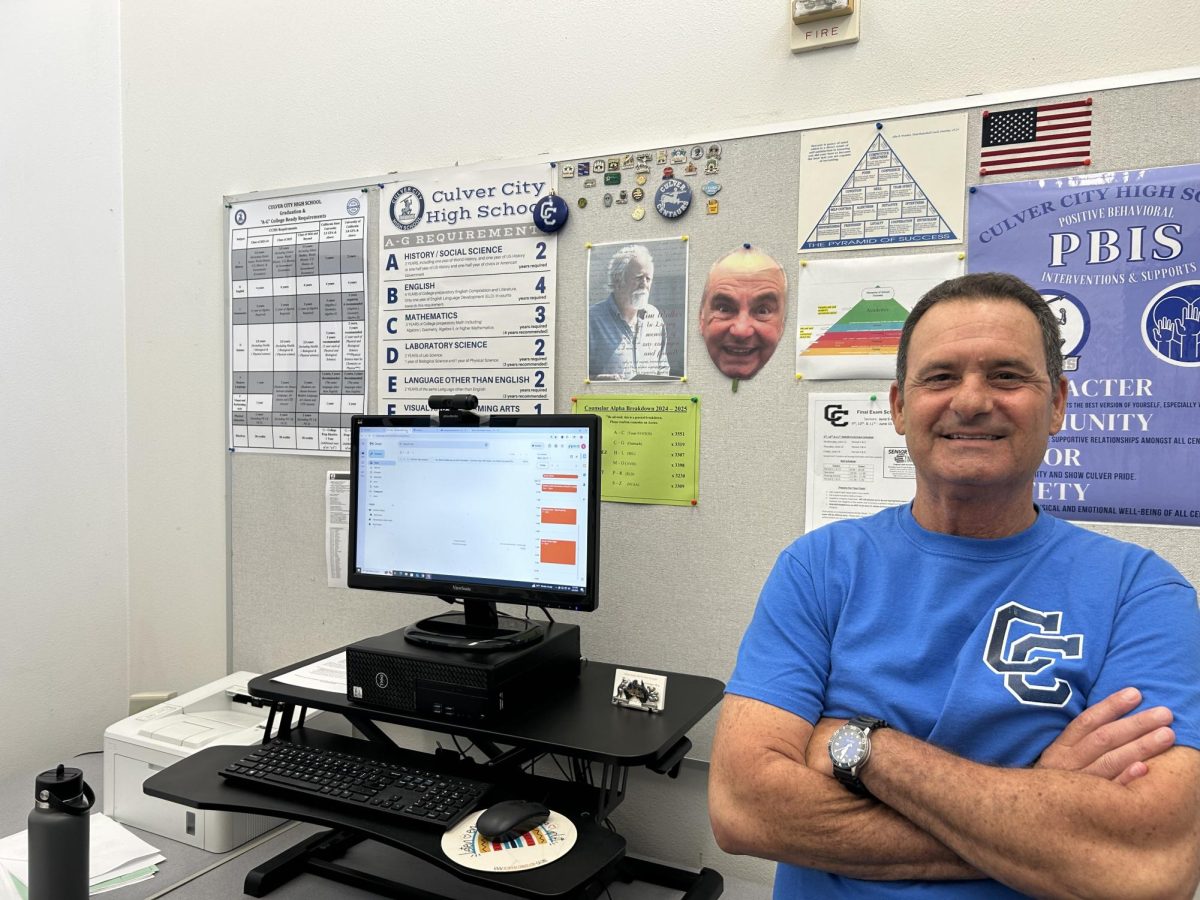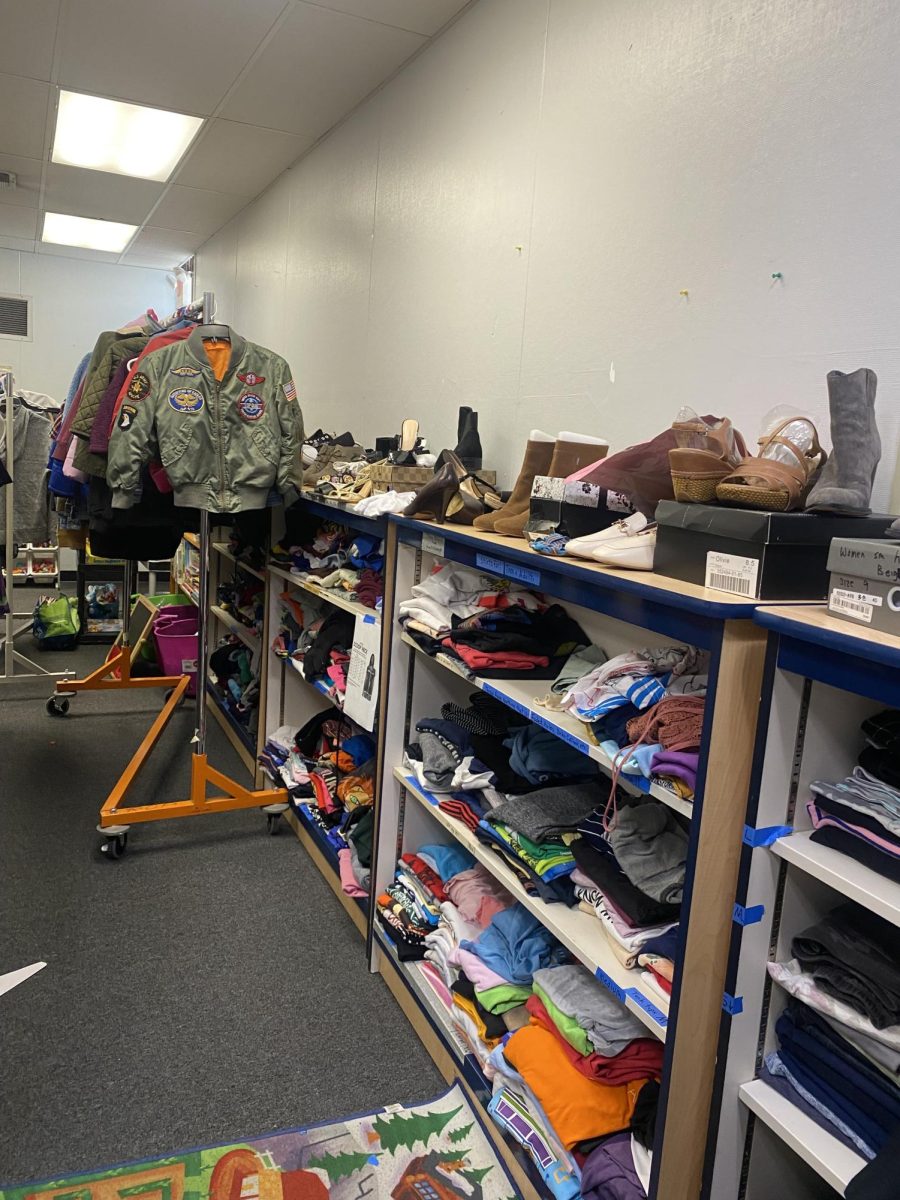Four Simple Ways Teens Can Help the Environment

Close up of senior hands giving small plant to a child over defocused green background with copy space
September 29, 2020
As teenagers, we live in a time of convenience, online shopping and single-use plastics. We want things that are cheaper and faster, and we value the things that make our life a little less work. Yet at what cost does this come by, for the environment? Teenagers today believe that climate activism means big sacrifices. In reality, there are a handful of simple things all of us at CCHS can do to help the Earth, without giving up too many of the things we love.
- Go Thrift Shopping
Thrifting not only allows you to find unique, vintage clothing, but also saves lots of waste! Fast fashion is defined by the Oxford Dictionary as “inexpensive clothing produced by mass-market retailers in response to the latest trends.” Big corporations and online businesses rely on the fact that people will continue to be trend-followers and throw away their products once the next thing becomes popular. According to the World Bank, this industrial system carelessly wastes resources in return for a payout: “the garment industry is one of the most polluting in the world,” and “at this pace, the fashion industry’s greenhouse gas emissions will surge by more than 50% by 2030.” In addition to natural substances like cotton, man-made substances like polyesters, acrylics, and petroleum are created and used unsustainably in our clothes. Shopping at thrift stores or resale shops can cut down emissions by a significant amount.
- Stop Wasting Food
To teenagers especially, food can seem like an endless supply of enjoyment. However, this is not the case. According to Ben Simon, the co-founder and CEO of Imperfect Foods, “growing food that goes to waste ends up using up 21% of our freshwater, 19% of our fertilizer, 18% of our cropland, and 21% of our landfill volume. This comes with a heavy carbon footprint as well. When food is disposed of in the landfill it rots and becomes a significant source of methane – a potent greenhouse gas.” When we leave our plates unfinished, Mother Earth suffers the consequences. Though most people are raised on the principle of not throwing anything out, discarding food is more common than one would think. “In America, food waste is estimated at between 30-40 percent of the food supply,” the USDA states. An easy solution to this is taking small portions, and coming back for seconds.
- Be Mindful of What You Purchase
In today’s society, it is easy to buy what costs the least or is the most accessible. Researching the items you buy is crucial in gaining an understanding of your carbon footprint, as you may find out things about the products you support you wouldn’t have normally thought of. “It is really important to know what’s in your face routine. The chemicals can cause water pollution, while microplastics and other compounds are really bad for the earth,” explained Sascha Goldsmith, a past intern for the Student Conservation Association and Earthwatch. Another big factor contributing to wildlife endangerment is palm oil. Found in virtually every “junk food” product – from baked goods to potato chips – palm oil is obtained via the exploitation of rainforests, wreaking havoc and causing deforestation. According to the BBC, profits made off of this common ingredient accounted for more than 8% of deforestation between 1980 and 2008, harming the habitat of already-endangered species. Making wise, educated choices about what snacks or soaps you use can slow down both pollution and the loss of forests.
- Cut Down on Red Meat
Of all of the impacts society has on our environment, the meat industry and factory farming definitely take the cake. “What happens is that we sacrifice thousands of acres of land to produce crops to use as feed for livestock, whom we eventually consume… but we get only a mere 10% of the energy by eating livestock than we would have gotten from the crops the livestock ate, making them highly inefficient,” said Arjun Palkhade, president of the Endangered Species Club, and vegetarian of fourteen years. With all of the water and grain that goes towards feed, cows and other farm animals essentially become middle-men, wasting unnecessary resources in the farming process. Moreover, the mass production of cattle for human consumption results in extreme methane emissions: “Worldwide, livestock accounts for between 14.5 percent and 18 percent of human-induced greenhouse gas emissions,” The New York Times reported. Choosing to limit one’s red meat intake to only once or twice a week is an easy change to make– and if you’re feeling extra empowered, adopting a vegetarian or vegan diet has immensely beneficial results.
There are many daily activities we mindlessly engage in that cause major environmental damage. We choose this lifestyle out of ease and simplicity, not realizing there are simple ways to make change. To quote Palkhade, “Don’t wait for someone to stand up for you… Keeping silent doesn’t make you any more innocent than those in power, it makes you just as guilty, as your voice matters and we need as many people as possible so our collective voice is heard!” From the food we eat, to the clothes on our backs, to the products we decide to buy – we can all do better!











































































